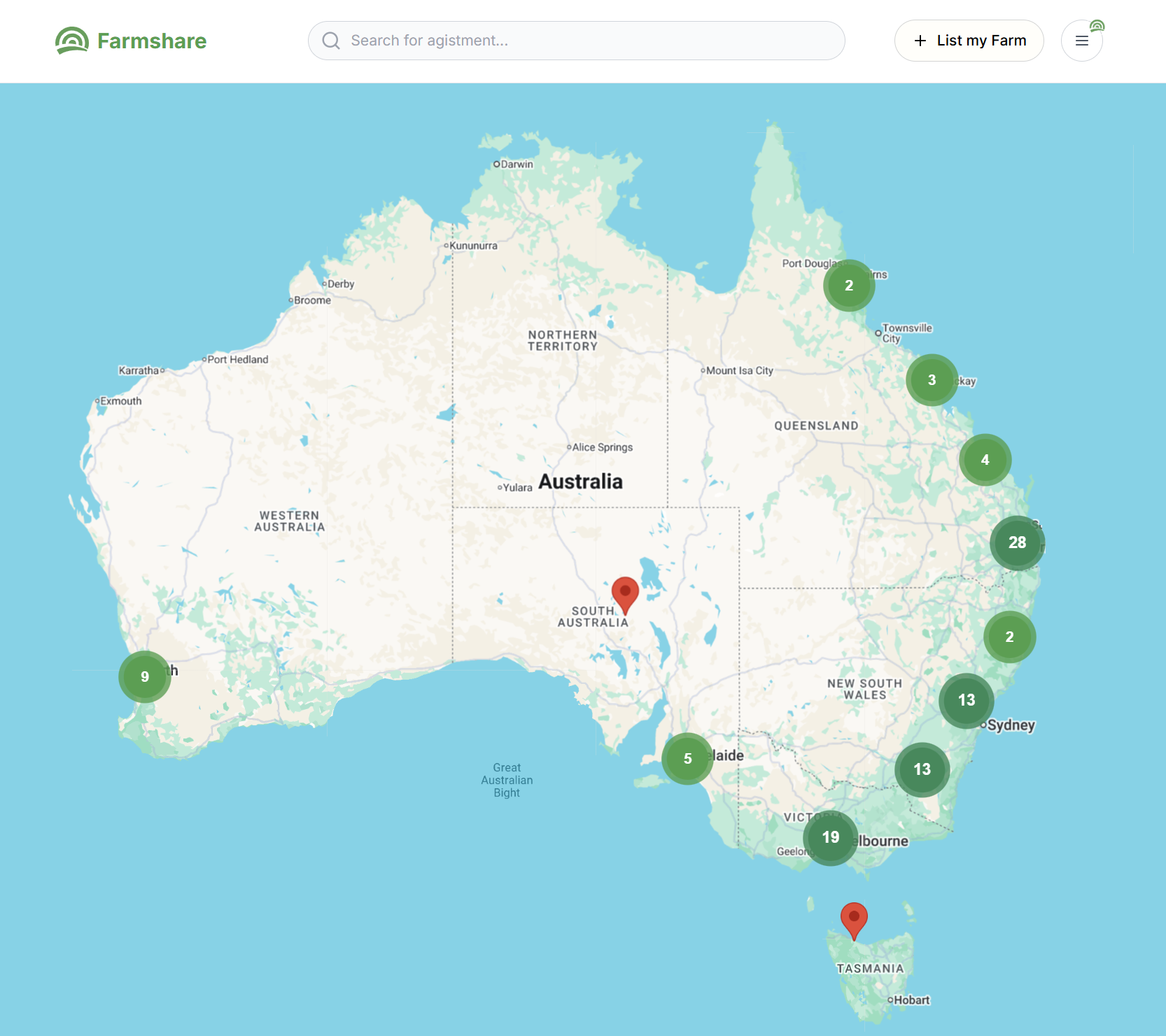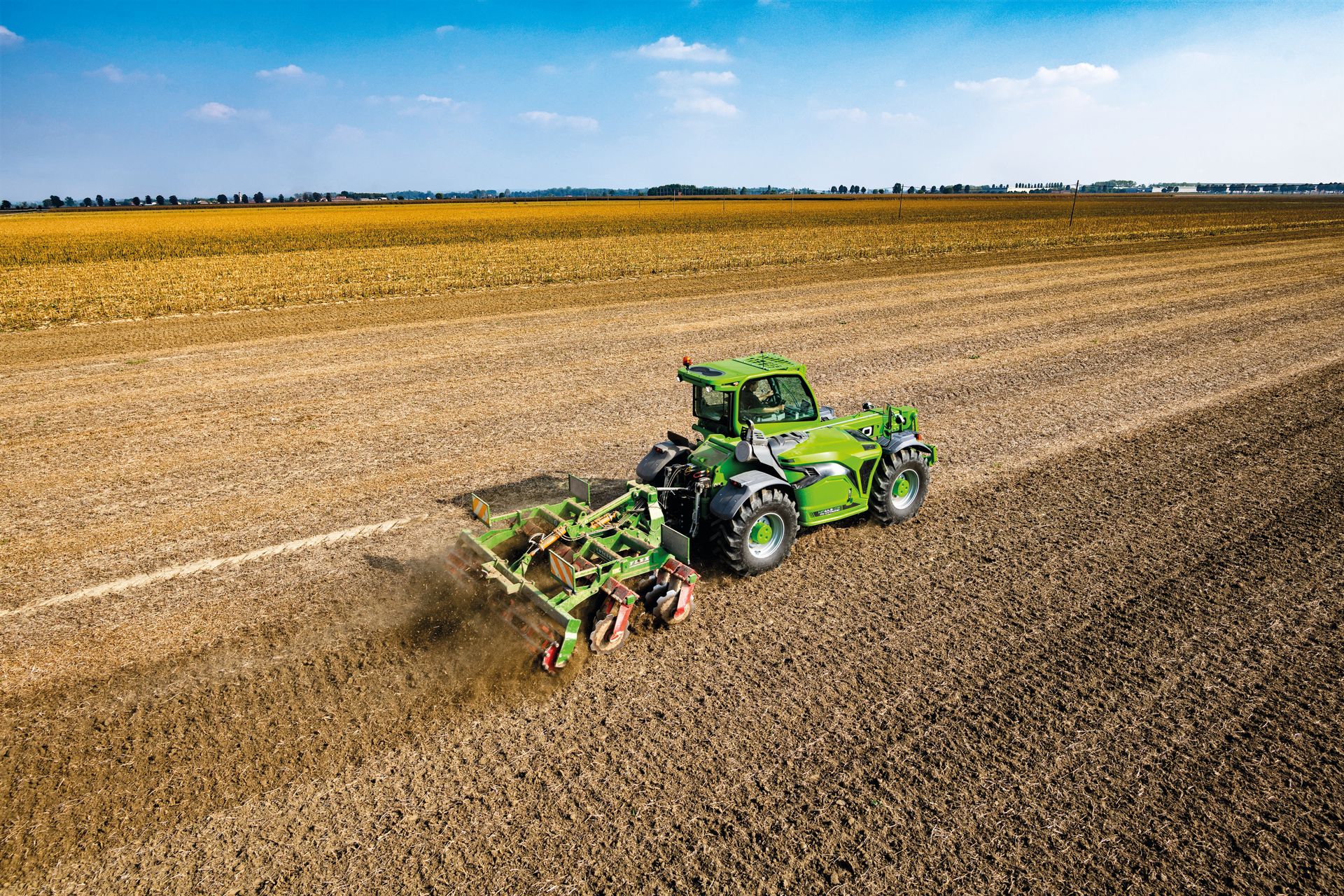1MG FlippingBooks
Making farming cool for little tackers
Hello Friday is the South Australian creative agency behind George the Farmer, a character created for farm and city kids alike. George is clever, compassionate and is helping tell the story of Australian agriculture to little tackers across the country.
What we expose children to in their formative years is pretty
important to their understanding of the world around them. Kids on farms grow
up knowing about livestock, crops and machinery. Children in cities grow up
with buses, parks and supermarkets.
My son George is a farm kid. He's obsessed with the farm, the natural environment and machinery. It was while trying to locate some fun apps and books on his favourite topic I discovered there weren't many apps or books with Australian farming content.
Those I could find were either American or English and used terms like barn instead of shed and field instead of paddock. There also wasn't a character anywhere on television, in the app market or in books who was telling sequential stories about farming and life on the land. Where was the Bob the Builder of the farming world? I couldn't believe what he was missing!
It was after this realisation that my business partner Ben and I decided to put our skills to use creating a fun Australian character for children. While researching the first story we came across some staggering statistics, highlighting to us a greater need for this children's character beyond just being entertaining.
A survey conducted with school students by the Australian Council of Educational Research in 2012 revealed 75 per cent of Australian Year 6 students believed cotton came from animals, 27 per cent thought yoghurt grew on trees and 45 per cent could not identify that everyday lunchbox items such as bananas, bread or cheese came from farms.
Secondly, the Australian Bureau of Statistics also reported a dramatic decrease of people remaining in farming careers with about 300 farmers leaving the industry per month for the 30 years prior to 2011. That's more than 105,000 farmers who are no longer connected to their city cousins sharing stories about farming and food production!
Lastly, the United Nations predicted that by 2050, food production worldwide would need to increase by 60 to 70 per cent to feed our growing population.
These statistics point to three issues which could have serious implications for Australian and global food security. These are: the lack of knowledge about farming practices and food and fibre production, particularly in younger generations; the declining numbers of people taking up or remaining in farming as a career; and the increased requirement of nutritious, well-produced food for Australia and the world.
Food security on the whole encompasses a lot more than just whether we can produce enough food. We probably do have the ability to produce enough food, but the challenges lie in how we do it, where we do it and how we get that food to the areas that need it in order to ensure there won't be future shortages. As such, a fundamental understanding of where our food comes from is required for appropriate decisions to be made.
Getting ready for the future
Now, fast forward to 2050. Consider the people who will be dealing with these critical food security issues. They're more than likely currently toddlers or in primary school.
The goal behind George the Farmer is to bridge the gap in knowledge by educating both rural and city children about farming practices and food and fibre production using stories, songs, games and activities.
We first released George on the market as an interactive story app in July 2014. The first story follows George, his very talented wife Ruby and Jessie the dog as they plant a wheat crop. It explains to children the processes you need to follow to successfully plant a crop and then highlights the foods created from wheat, once the grain has been milled to make flour.
Learning is fun
When we launched our app, we had absolutely no idea what sort of response it would get. We knew our kids – the test dummies – loved it, but we really couldn't gauge what the uptake or feedback would be from the public. The app soon hit the number one book position on the iTunes chart, where it stayed in the top 10 for months and is still regularly listed in the top 10 educational apps in New Zealand and Australia.
Since then, we've released three stories in book format, a CD of fun and educational farm songs and a small stage show. We've also released two free learning sequence for the classroom to support food and fibre education using George the Farmer resources and lots of creative and entertaining activities. The learning sequences are available through George's website and via Scootle (an online digital resource supporting the Australian curriculum).
Dunkeld Primary School in Victoria trialled our first learning sequence, and when we arrived at the school for a George the Farmer concert the reception teacher rushed over to show us six pages of writing that one of her students had just completed – it was the most text that she had written all year. She was obsessed with George! The principal commented that the children really resonated with George's character. This was a great validation for us. Children are not only successfully ticking off Sustainability, Design and Technology, English and Science learning outcomes - they're also having great fun while doing it!
George is growing
Looking to the future, we plan on producing many more stories that cover all aspects of primary industries, from dairy to bush foods and aquaculture to forestry. It's important to us that we highlight sustainable farming practices and how people involved in agriculture are positively interacting with their environment to secure its use for future generations.
In 2016 we released a free gaming app for children and adults alike. Taking advantage of smartphone technology, the games on the app include steering a header to harvest a wheat crop and then shaking the device to mill the grain into flour and make bread; milking a cow by pinching the screen and then turning the cream in to butter; shearing a sheep with a finger and then using the wool to make a jumper. And we've even incorporated a beef production game as well!
George is also very active on social media and shares a lot of information about different aspects of primary industries, the environment, sustainability, school grants and opportunities through his Facebook page. The idea is for people to initiate conversations about farming practices, food and fibre within their own homes. George is also on Twitter and Periscope so followers can stay up to date with his adventures.
George's following is made up of a variety of people, including those who are passionate about the environment, are from farming backgrounds or who are involved in agriculture. We want George's followers to feel as though they have ownership over George and his messages. He is becoming a voice of Australian agriculture – a voice which is non-pervasive and light-hearted yet is able to connect with a broad demographic to initiate change.
















